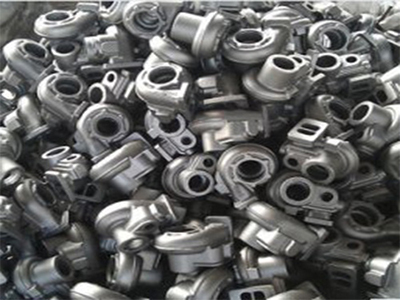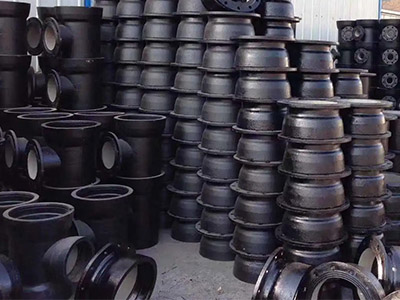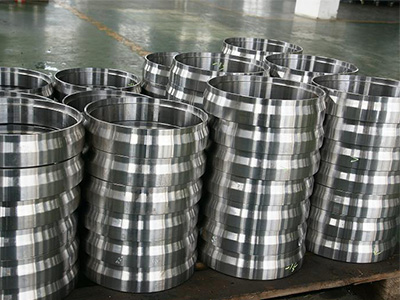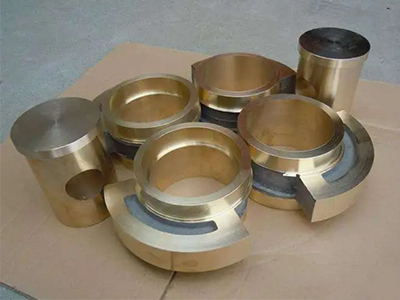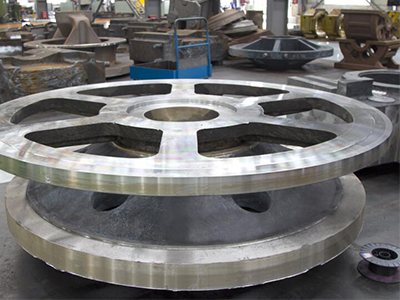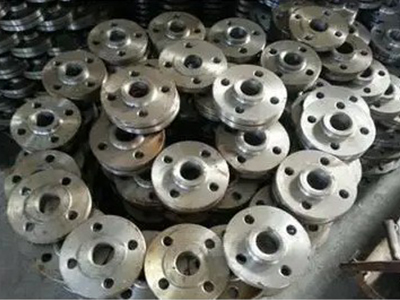- What should be paid attention to when casting machine parts
- The role of Heat Resistance in Steel Castings
- Introduction of cast Iron Materials
- Steel castings foundry manufacturers introduce the properties of castings
- Process Classification of Precision casting
- Use sodium silicate sand casting for production
- Steel casting production standard requirements
- The difference between Aluminum Alloy forging and Die casting
- What is the heat treatment process of precision casting?
- What is the complicated forging process of small precision castings?
- Call : +86 13390692151
- sale@kfqizhongji.com
-
Room 1, No. 21, Chaoying East Road, Zhoushi,
Kunshan City, Jiangsu Province, China
Introduction to the knowledge of stainless steel castings
Many manufacturers in the production of stainless steel castings, in order to avoid casting defects, so manufacturers will pay special attention in the production process, Kunfengcheng cast steel to introduce to you these problems should pay attention to:
1. The thickness of stainless steel casting is too thin, Watanabe apricot, otherwise white mouth phenomenon will occur.
2. The slope of stainless steel castings may be larger, which is to facilitate gradual removal, especially for the extraction of casting moulds. How much slope should be set depends on the alloy type, casting height, surface position, and other factors.
Because the cooling rate of metal is relatively fast, the small thick wall of stainless steel castings is thicker than that of sand castings, which can release heat as soon as possible and make the casting forming smoothly.
Stainless steel castings are not allowed to be welded in some cases, and many people do not understand this problem. In industry, stainless steel castings are needed in many cases, but some products do not meet the requirements and welding is not allowed. If it has to be operated, then these castings will have quality problems. In order to avoid the seriousness of the problem, you must fully grasp the conditions under which stainless steel castings cannot be welded before you can choose the processing process as your goal.
The precision of stainless steel castings required by customers is very high, and they cannot be welded if they do not meet the requirements. For example, some areas clearly stipulate that welding is not allowed in engineering drawings. On the other hand, there are quality problems in stainless steel castings. No welding. In other words, there are honeycomb pores on the surface, which can not guarantee the quality of welded castings. In addition, if the position is already welded, it cannot be welded again. This will affect the quality and even the use effect of stainless steel castings.
